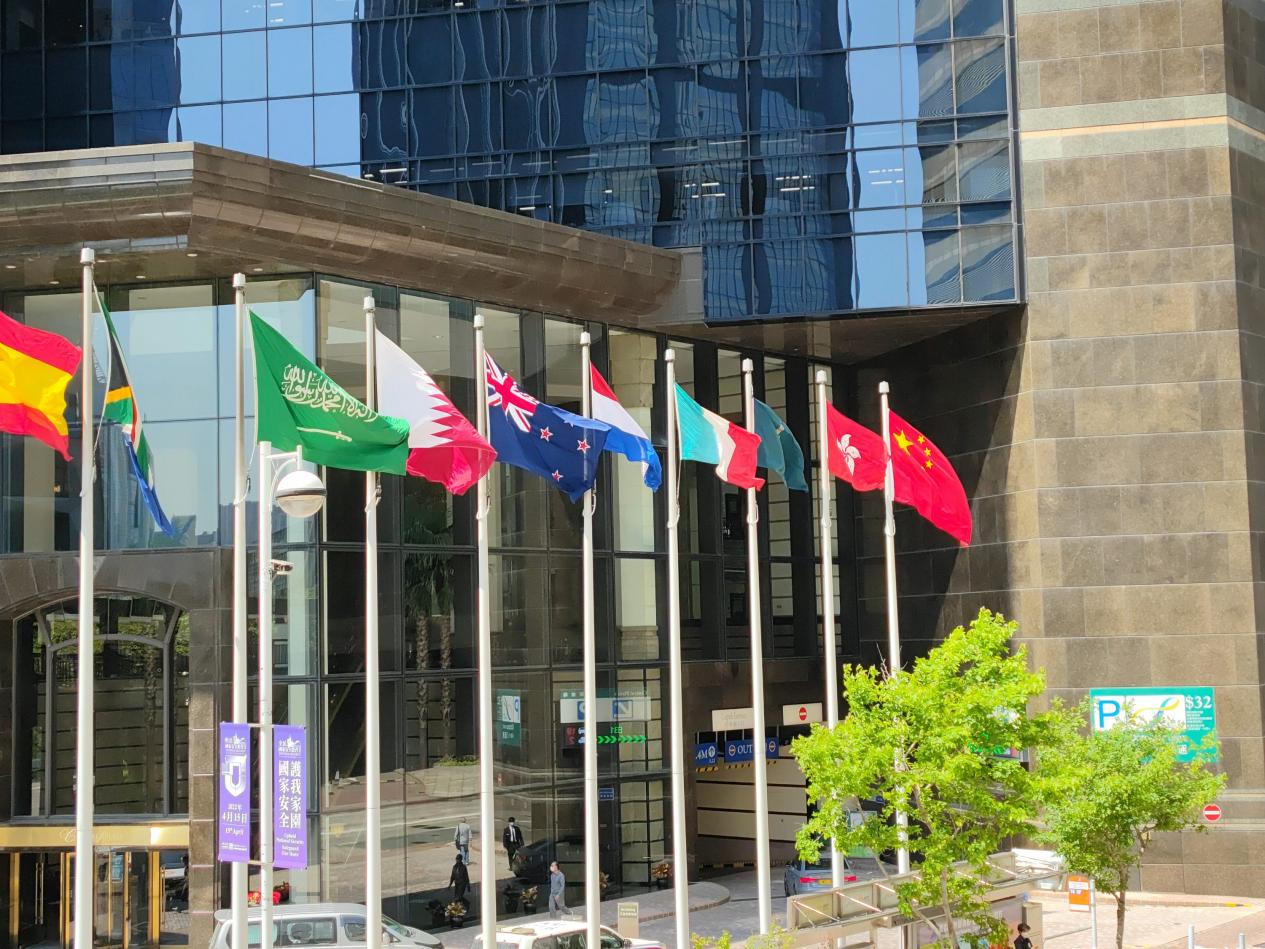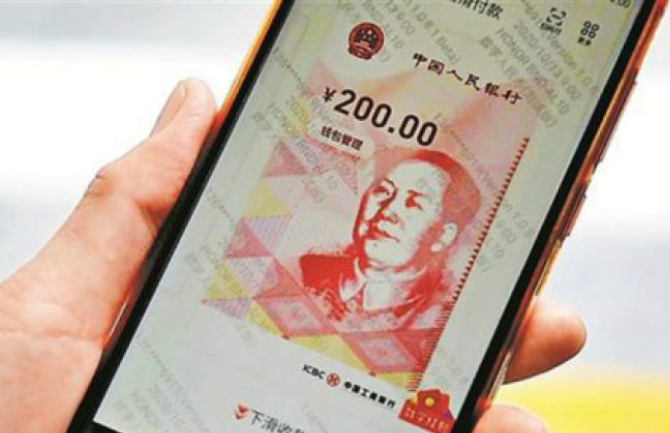In the summer of 1997, a financial storm that swept through Southeast Asia sneaked into the international capital market like a ghost. When the Bank of Thailand announced on July 2 that it would abandon the fixed exchange rate system of the Thai baht pegged to the US dollar, the global financial market suddenly realized that Soros, who was called "financial sniper" by Forbes, was using quantum funds as a weapon to instigate an accurate capital blitz on the Asian financial map.

Soros's offensive route map presents amazing strategic depth. As early as 1996, its quantum fund began to short the Thai baht forward contract through the offshore financial network. When the Bank of Thailand tried to defend the exchange rate, Soros's funds quickly joined forces with hedge fund peers to form a sniper front. On July 2, the day when the Thai baht plunged, the book floating profit of Quantum Fund exceeded $1 billion. This textbook-like tactic of forcing positions made the Bank for International Settlements list this incident as a classic case in financial history.
The front of capital hunters has rapidly expanded to Southeast Asia. In Malaysia, Soros team bet on the devaluation of ringgit through derivatives market; Singapore dollar, Indonesian rupiah and other currencies have become the key targets of long positions. The foreign exchange intervention of central banks is like a drop in the bucket, because hedge funds have built complex leverage structures through offshore financial instruments. According to the statistics of Barclays Bank, up to 43% of the daily average trading volume in the foreign exchange market in Southeast Asia at that time came from the programmed trading of hedge funds.

The storm exposed the fatal cracks in the financial system of emerging markets. According to the data of the Bank for International Settlements, the ratio of short-term foreign debt to foreign exchange reserves in Southeast Asian countries generally exceeded 100% in 1997. When Soros team discovered the real estate bubble and financial liberalization loopholes driven by foreign capital in these countries, the algorithmic trading model of Quantum Fund quickly locked in arbitrage opportunities. Former Federal Reserve Chairman Alan Greenspan later pointed out: "This incident revealed the structural defects of the global financial system in the supervision of capital flows."
The deeper game is played in the dark. When the International Monetary Fund (IMF) came to the rescue with the austerity policy, Soros published a signed article in the Financial Times, criticizing that IMF's conditional assistance might aggravate the crisis. This open confrontation led the market to speculate that Quantum Fund might be betting on the rebound of Southeast Asian stock markets. Historical records show that in the second quarter of 1998, Quantum Fund did establish a considerable long position when the regional stock market was low.

After the storm subsided, Soros's speech in the City of London caused controversy. He admits: "The reflection of the market determines the distorted cycle of participants' cognition and reality." This sentence is regarded as a refined summary of the essence of finance by JP Morgan Chase's chief economist. However, after experiencing this capital catastrophe, Southeast Asian countries began to build a regional financial safety net, which is still influencing the financial regulatory framework in Asia.







